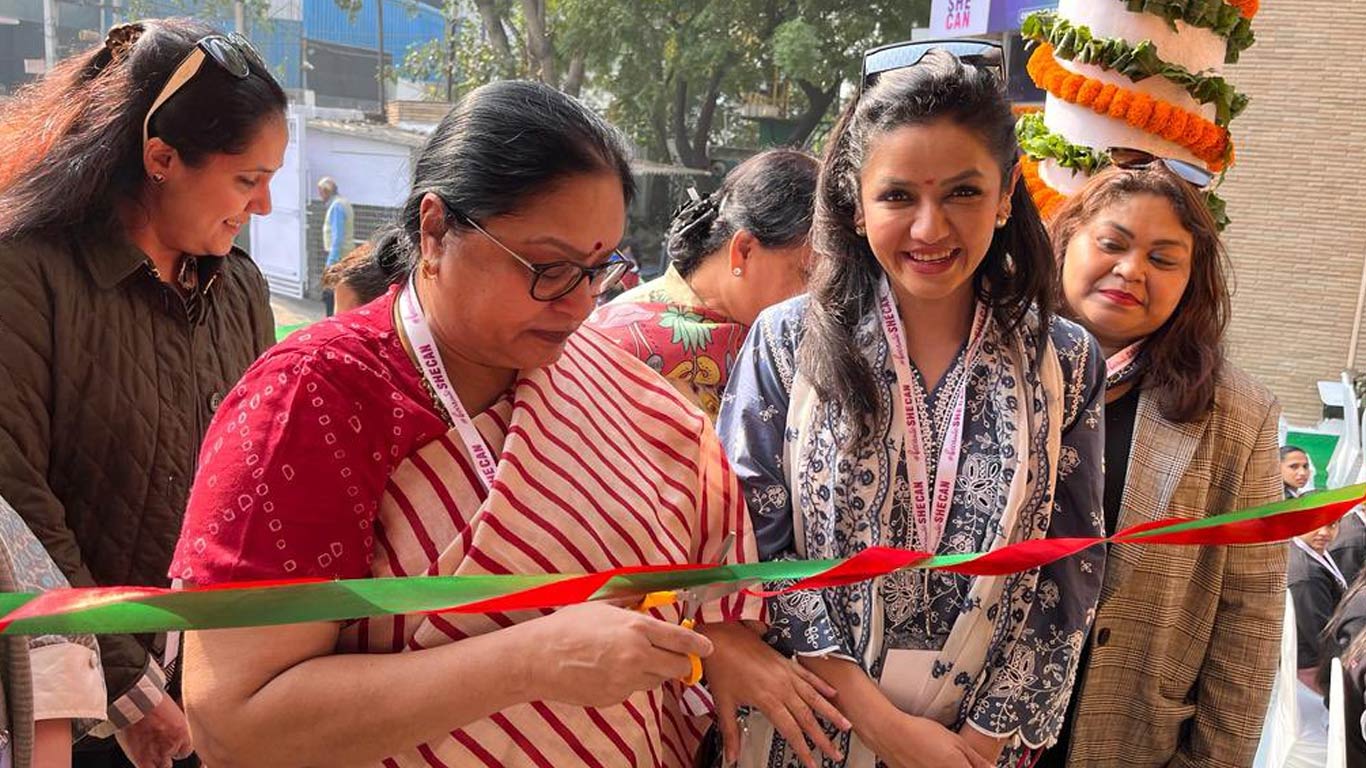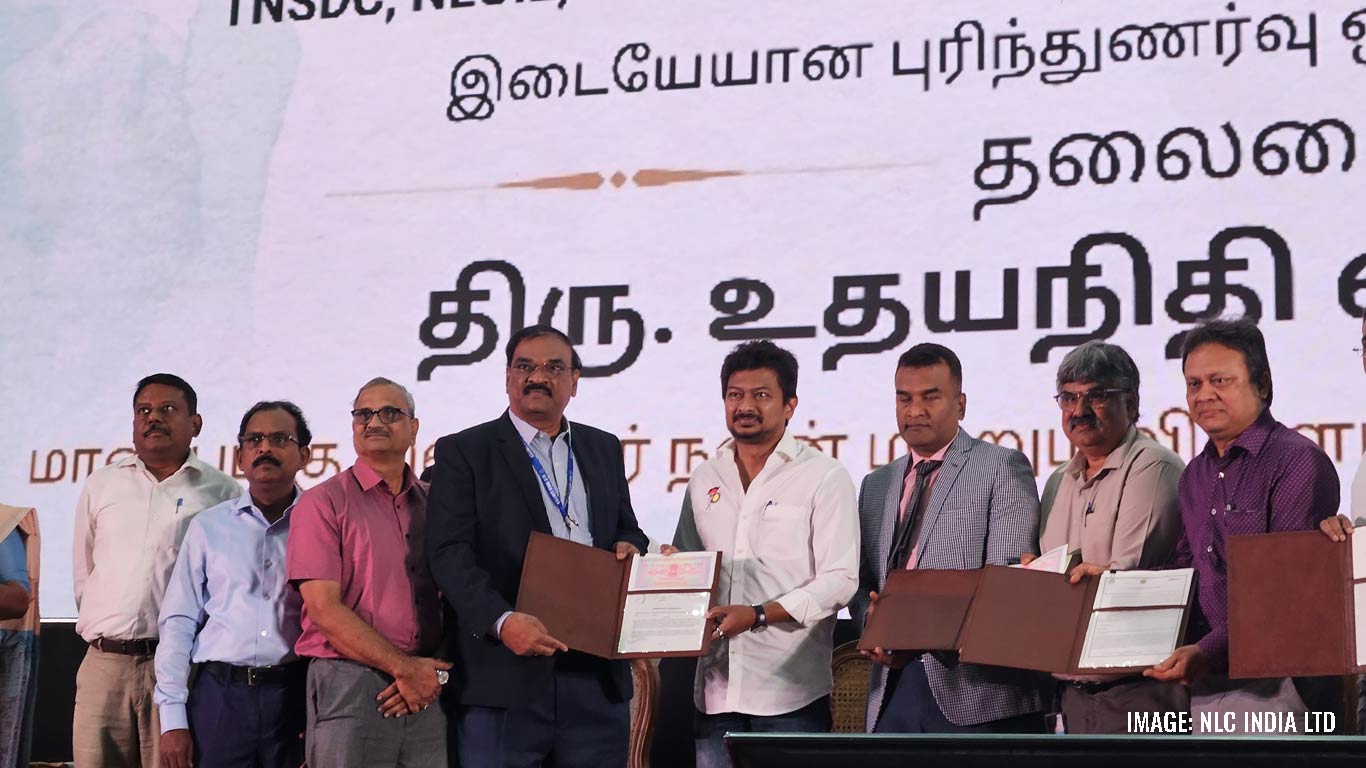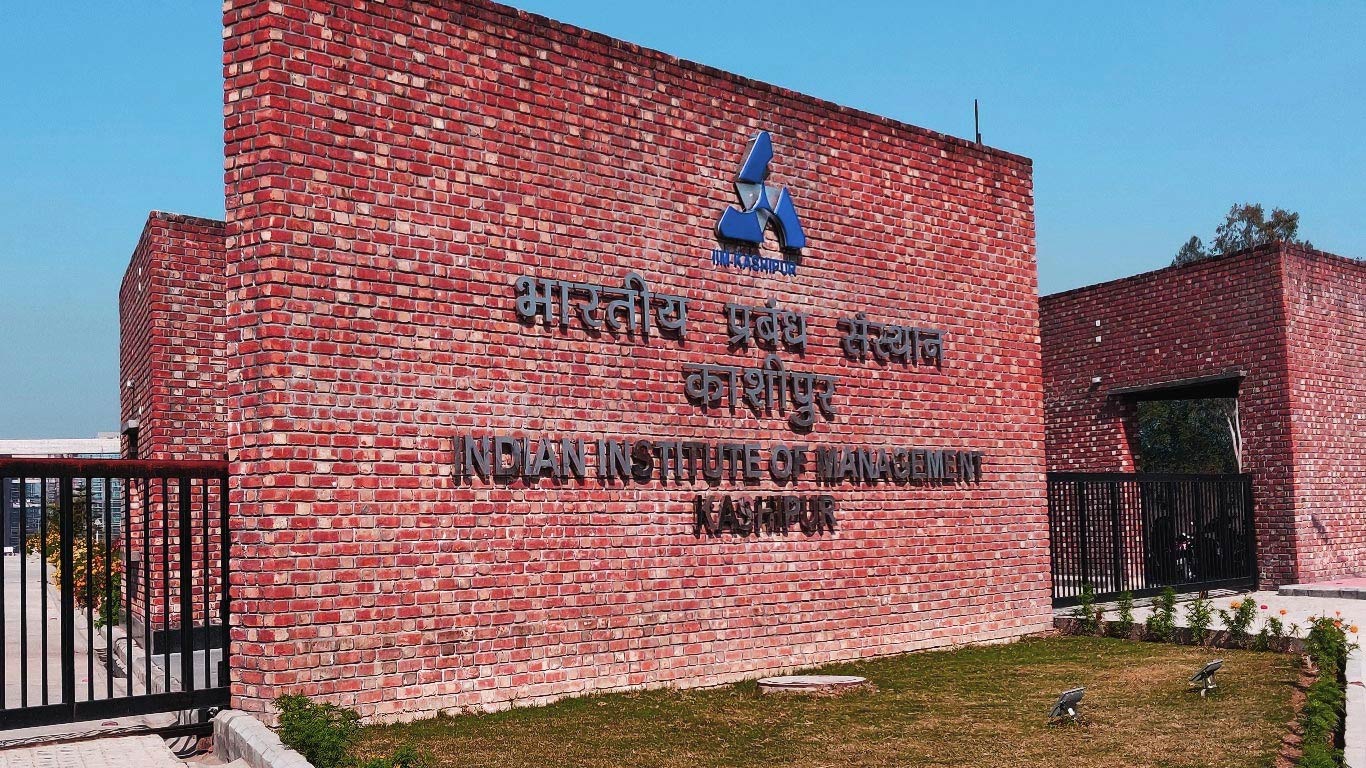Working paper on IPRs in Indian Textiles and Apparel Industry
Updated: Feb 01, 2014 01:23:31pm

In the fiercely competitive global environment that has prevailed since the removal of (MFA) quotas in 2005, many textile and apparel suppliers have sought to compete by forming and protecting niches. Building competence in design, branding and retail distribution has been an important part of this strategy. With the growing importance of creative content in the volatile and rapidly transforming market for textiles and apparel, new questions have arisen about the role of exclusivity-granting tools such as intellectual property rights in sectors such as T&A, where exclusivity has traditionally been limited or thought to be unviable. The case for or against IP rights in this fast-moving, labour-intensive sector is not well understood and deeply under-researched.
This paper focuses on the Indian T&A sector and on non-patent IP rights, such as trademarks, industrial designs, copyrights, and geographical indication as well as informal protections to examine whether and to what extent Indian suppliers use some form of IP protection to create and capture value in their nascent brand development and upgrading efforts. Does the shift to own brands and own designs (OBM and ODM manufacturing) demand stronger IP rights? What is the industry’s view on this and how does it relate to market access and the industry’s upgrading prospects?
Drawing on fifty qualitative interviews with firms and design institutions across the Indian T&A sector the paper finds that in the context of the rise of domestic branding and fast fashion, there a surprising growth of awareness about brand protection in recent years.
Despite this awareness, however, the use of formal IP rights remains limited. Formal IP protection, to the extent it is used, is most evident at two opposite ends of the T&A chain: among clusters of small traditional weavers, who use Geographic Indications to protect heritage weaves and designs, and among high end branded firms and fashion designers who use Licensing and Trademarks for brand-building and marketing purposes. The vast middle tier that is focused on ready to wear apparel and fast-fashion relies on informal protections such as maintaining of trade secrets, short lead-times and reputational mechanisms. In this fast moving segment where obsolescence is rapid, and formal IP protections costly and time consuming, company attention is focused on bringing new products to market quickly rather than investing in procuring stronger IP rights.
Comprehensive Report
http://www.fisme.org.in/knowledge-resource/working_paper_270.pdf











